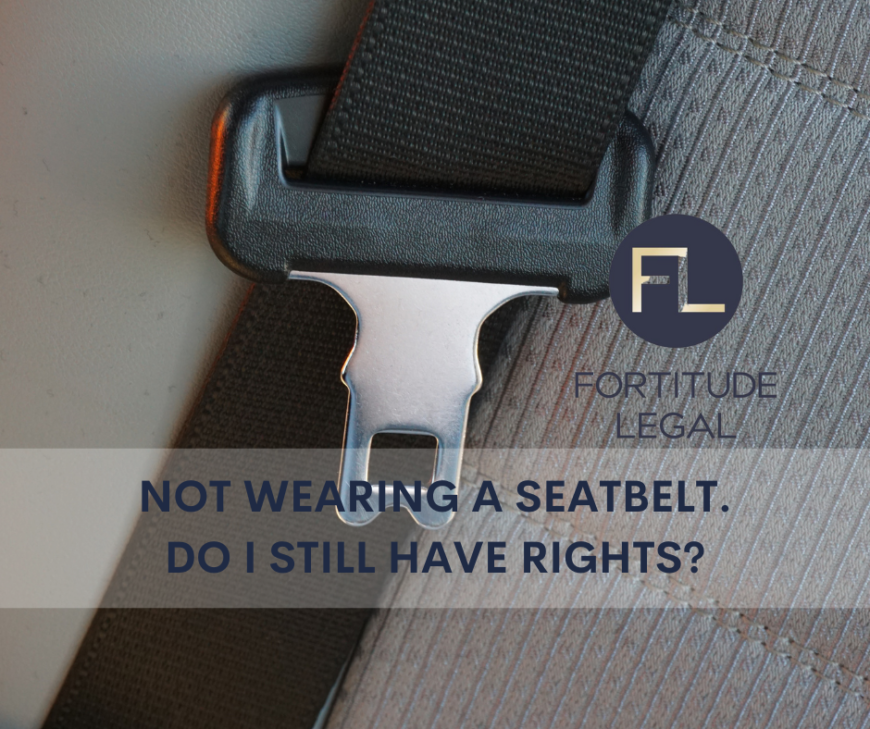Archive for July 2023
Not Wearing A Seatbelt. Do I Still Have Rights?
I Didn’t Have My Seat Belt On. Do I Still Have Rights? In writing this article, we want to make it clear that as personal injury lawyers we see the devastating impact of transport accidents every day. Wearing a seatbelt is not only law but reduces the risk of injury or death in a transport…
Read More
